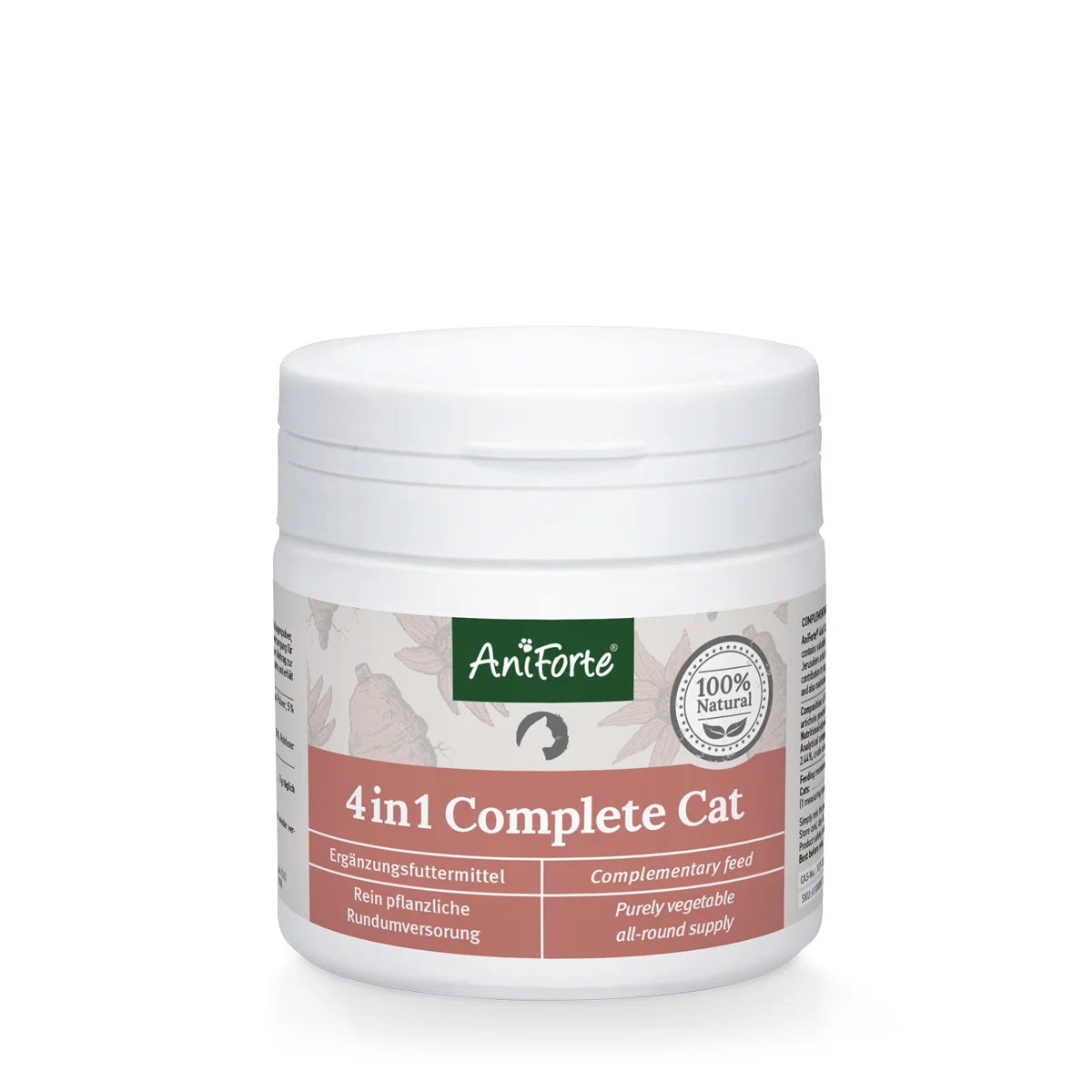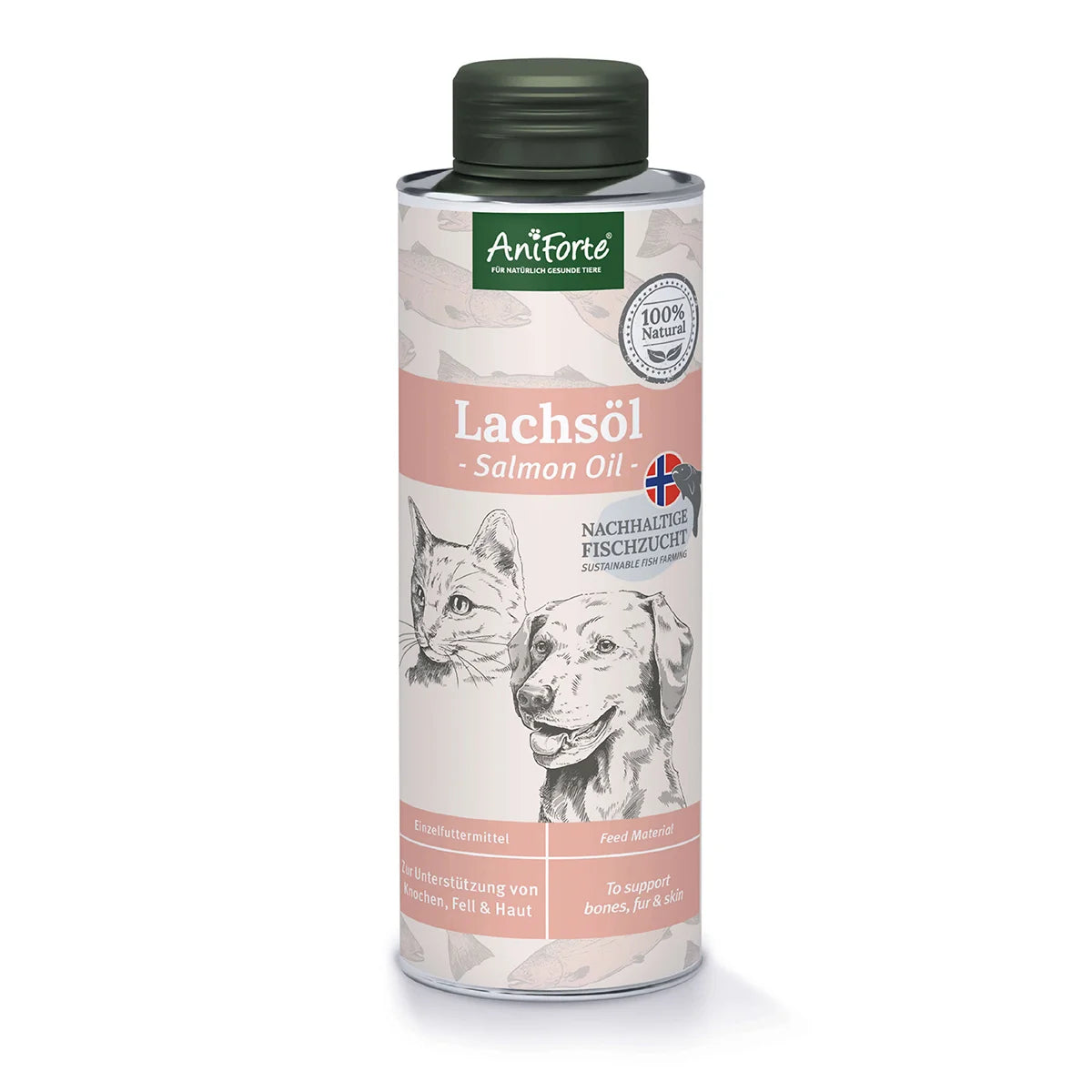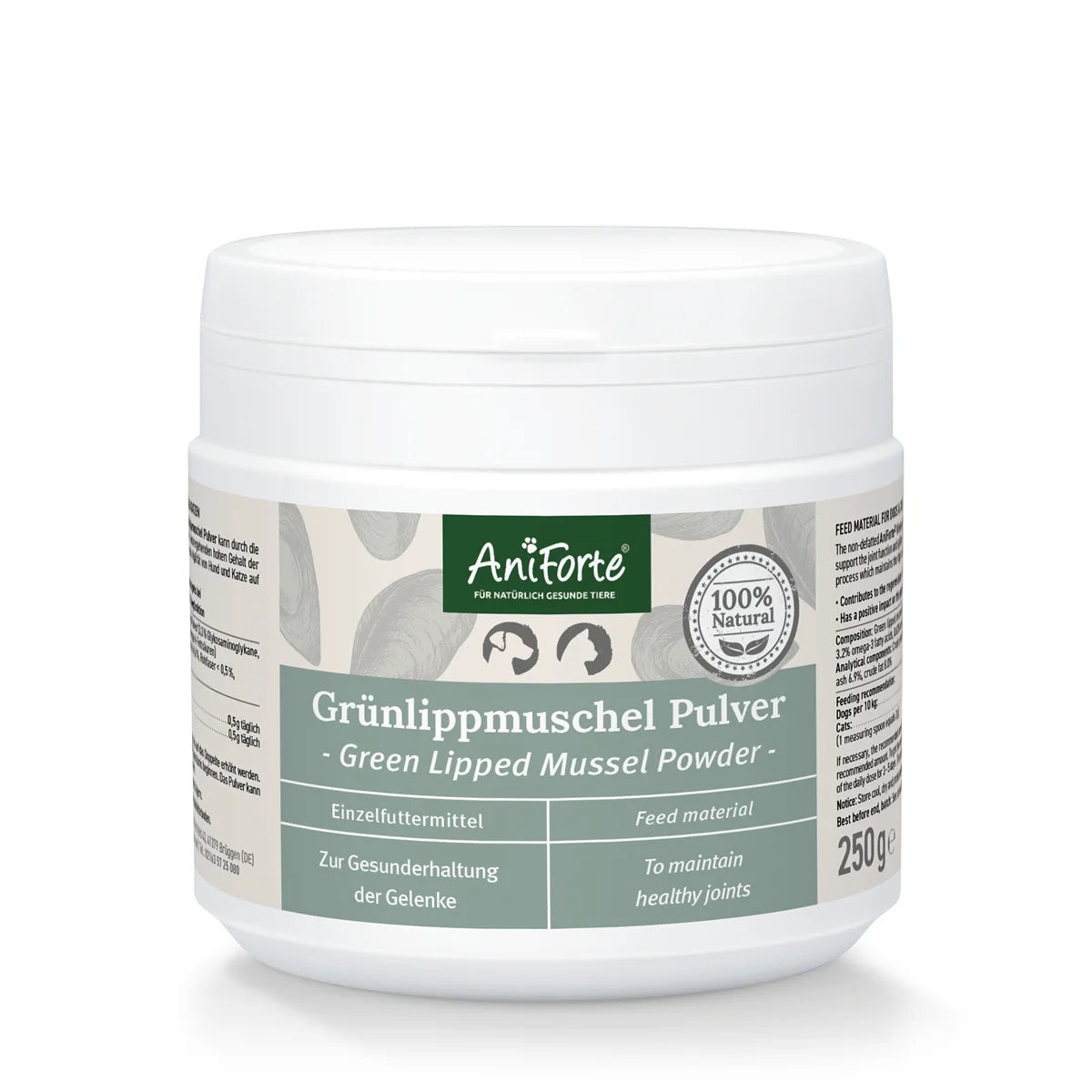
Summer, sun and water - this is the best time of the year for yor dog! But stay safe at lakes, rivers and on the coast there. Today, our veterinary practitioner explains the hidden dangers in the water and how bathing remains safe and great fun for your dog.
Where can my dog swim?
Use dog beaches
During high season, bathing on public beaches is generally prohibited for dogs. The dog beaches are clearly marked. In the off-season there are often more opportunities to enjoy the water with your dog.
Observe dog bathing bans
Comply with dog bathing bans. Some lakes or coastal beaches open to dogs in the evenings. Just adjust your dog’s swimming times accordingly.
Consider nature reserves
Many ponds and lakes are located within nature reserves. As the name suggests, the focus in these waters is on nature and the preservation of biodiversity of animals and plants. Swimming for dogs is generally prohibited there.
Know the tides
The ebb and flow of the ocean occur twice a day at intervals of a good six hours, so that the tides shift by about five hours within a week. You can use the tide calendars to orient yourself. During low tide, don't walk too far from the coast.
Take general bathing bans seriously
There is usually a reason for the municipality to issue a general bathing ban. Depending on the type of system, e.g. excavated lake, artificial reservoir or natural water, there may be dangerous conditions that you may not be aware of.
Dangers for dogs in standing water
With steadily rising temperatures, the water quality of standing and slowly flowing waters decreases in many places during the summer. Different bacteria and plants multiply uncontrollably when heated and make some ponds or bathing lakes a risk to humans and animals.
Dogs and blue-green algae
The blue-green algae particularly appreciate hot summer days. Contrary to what its name and appearance suggest, these are not algae, but bacteria. Blue-green algae are particularly common where agriculture or private households discharge fertilisers or other pollutants into the water. These are nutrients for the phytoplankton and accordingly the blue-green algae spread out on the water as green carpets. You shouldn't confuse these bacteria with flying pollen that settles on the water surface. Distinctive is the slightly musty smell and the blue-green streaks on the cloudy water surface that start with the algal bloom.
The blue algae (cyanobacteria), are harmful to health, in contrast to the rather harmless green algae. Bathing dogs can come into contact with the toxins released in the water and this can lead to the following symptoms:
- Allergic reaction
- Skin irritation such as hot spots (purulent, localized skin inflammation) and pustules
- Gastrointestinal problems with vomiting
- Bloody and black diarrhea
- Lethargy
- Weakness
- Pale mucous membranes
- Disorientation
- Muscle tremors
- Muscular rigidity
- Paralysis
- Seizures
- Shortness of breath to loss of consciousness
Once the cooler days of autumn arrive, the blue-green algae die, sink to the bottom and decompose.
Drinking from standing water
Generally, drinking from standing water can be problematic in summer. The dangers range from harmless gastrointestinal complaints to fatal diseases. Water contaminated with blue-green algae leads to the worst reactions if your dog not only bathes in the water but also drinks from it.
Dangers to dogs in rivers
Swimming in rivers carries a certain risk that you should assess before you allow your dog into a river.
Temperature fluctuations and currents in rivers
Natural flowing waters are not equally warm, affecting the dog’s blood circulation. In addition, rivers often have a strong undercurrent. Since the water levels have dropped sharply in many places due to low rainfall, the flow risk increases. The flow velocity of the river is always higher on the outside of a flow curve than on the inside. Particular caution applies to a stone dams. Dangerous whirlpools form here, intensified by boats. You should not let your dog jump into the water here. Also, the rocks can be very sharp, instable and slippery.
Dogs in the shipping lane
When the current is strong, dogs sometimes get into the way of boats and ships. Either they were too far from the shore or they even fell into the water and no longer have a chance to swim against the water direction.
What should you do in such a case?
Don't jump after your animal, because that means danger to your life. Instead, call emergency services and follow the current so your dog doesn't desperately try to swim against the current. Once the water reaches a quieter place, call him to you and help him on land. If the water doesn't calm down, wait for the rescue workers.
Less risk for your dog in the river
To minimise the risk of swimming in the river, use the following aids: a tow line prevents your dog from being swept out too far. Weak swimmers among dogs should generally wear a life jacket. If you have a good swimmer, it is up to you to assess the situation and it helps to know the water.
Dangers for dogs by the sea
At the ocean, the dangers - especially on signposted dog beaches - are low. However, you should not let your dog enter the water unobserved.
Jellyfish
Most of the jellyfish are harmless to humans and animals. However, meeting a fire jellyfish can have painful consequences. If your dog comes into contact with such an unpleasant sea creature several times, there is a risk of an allergic reaction, including cardiovascular disorders.
When in contact, it helps to calm your dog down and get him out of the water as quickly as possible. Try to get him to lie still. Adhesive jellyfish threads are best rinsed off with wine vinegar. If you don't have it at the moment, take salt water. Under no circumstances should you take fresh water or even try to pull the threads, because once you touch, the nettle capsules burst and it burns even more. The affected areas are then treated with vinegar water and cooled. A visit to the veterinarian is recommended.
Limber tail
Limber tail syndrome is a disorder of muscles in the tail, and it sometimes occurs after activities in the water. You can recognize the syndrom by the characteristic tail position of your dog: it is stretched a few centimeters straight, the rest of the tail hangs limply. The base of the tail is often swollen and extremely sensitive. This condition is caused by heavy strain on the back and tail muscles, especially in cold water, wind and weather. Hunting dogs such as the Labrador Retriever are particularly affected. The disease often occurs during the summer months, when the outside temperatures are warmer than the water.
The painful limber tail causes many dogs to adopt a protective posture. Some even avoid urination and excretion. If your dog shows symptoms of limber tail, you should see a veterinarian.
Preventing limber tail: avoid excessive play and work on the water in cold temperatures and dry the dog as well as possible after swimming.
Water poisoning
So-called hyperhydration or water poisoning is fairly common during the summer season. Your dog will absorb more water than its body needs, about a third of its weight. Puppies or small breeds are more at risk. During long stays by the water, hyperhydration often occurs unnoticed if your dog is fetching balls in the water or doing a lot of retrieval work.
If too much water is ingested, the dog's body gets confused. His brain cells swell as they try to store valuable electrolytes such as salts and minerals. High pressure is created, which can affect the lungs and trigger pulmonary edema. The liver and kidneys can also be damaged. If left untreated, this can lead to shortness of breath, cramps and ultimately death.
You can recognise hyperhydration in dogs by the following symptoms:
- Exhaustion
- Trembling and swaying
- Vomiting or heavy salivation
- Shortness of breath
- Bloated stomach
- Pale mucous membranes
- Dilated pupils
- Coordination disorders up to twitches, cramps and loss of consciousness
Often, these symptoms only appear when you and your dog have been home for a long time. Fast action is crucial. Take your dog to the vet as quickly as possible, because he needs to receive an infusion with the missing electrolytes. Hyperhydration can be easily avoided by incorporating breaks and rest when playing by the water.
Responsible bathing fun with four-legged friends
It is important to keep an eye on your little friend while he’s bathing. Ultimately, humans can best recognize contaminants like sharp-edged cans, broken glass, plastic or waste.
If the water is clean and clear, nothing stands in the way of carefree days!






